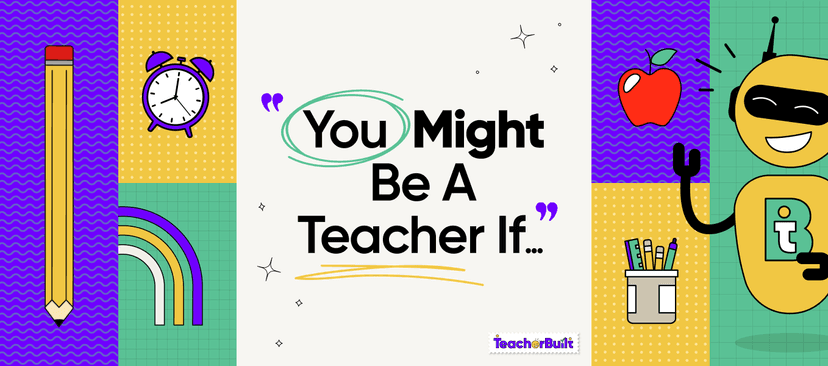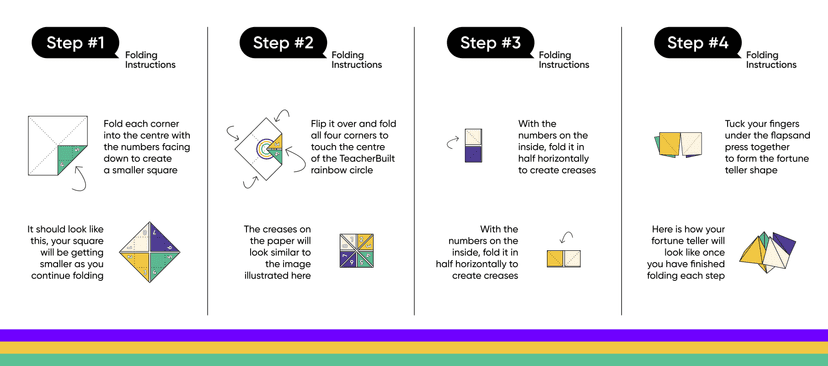Make Sun Art with your Kids this Summer

If you're looking for a creative, low-effort art project that brings science and nature together, using UV paper to make sun art is an excellent choice. This is a low cost project where no 2 projects are ever the same!
☀️ What Is UV Paper?
UV paper (also called sun print paper or cyanotype paper) is coated with a light-sensitive component that reacts to ultraviolet (UV) rays from the sun. When objects are placed on the paper and exposed to sunlight, the exposed areas turn blue, while the covered areas remain white or lighter. It’s a simple process, but the results are always unique!
✂️ What You'll Need
- UV-sensitive paper (available at most stores with an art section or online)
- A piece of cardboard or thick backing
- Transparent acrylic sheet (optional, helps keep things flat)
- Small natural or household objects (like leaves, flowers, keys, lace, etc.)
- A sunny day or overcast day
- A container of water
🧪 How It Works (The Cool Science Part)
The UV paper is treated with iron salts. When exposed to sunlight, a chemical reaction occurs that changes the color of the paper. Rinsing the paper in water completes the reaction, and as the paper dries, it turns into a beautiful deep blue, with your chosen shapes preserved in white or lighter shades.
🎨 Step-by-Step Guide to Creating Sun Art
1. Choose Your Materials
Gather flat, opaque objects with interesting shapes. Natural items like fern leaves, flowers, or feathers work beautifully, but don’t be afraid to get creative with lace, jewelry, or even paper cut-outs.
2. Set Up Your Work Surface
In a dimly lit room (or out of direct sunlight), place a piece of UV paper on a piece of cardboard. Arrange your objects on top of the paper. If it’s breezy outside or your items are lightweight, place a piece of clear acrylic over everything to keep it flat and in place.
3. Expose to Sunlight
Carefully carry your setup into direct sunlight. Let the paper sit in the sun for about 2–5 minutes. You will use the lower time if it is a bright, sunny day, but you may need 5 minutes or more if you are doing this on an overcast day. You’ll notice the blue paper fading to a light beige or pale blue—this means the iron salts are reacting.
4. Rinse the Paper
Once the exposure is done, remove the objects and quickly submerge the paper in a tray or sink full of water. Gently agitate the paper for about a minute to wash away the unexposed iron salts (the bit under your opaque items).
5. Let It Dry
Lay your print flat on a paper towel or hang it to dry. As it dries, the colors will deepen to rich, vibrant blues and whites. It might take a few hours for the final contrast to fully appear.
💡 Tips and Tricks
- Try layering: Use multiple layers of objects for a more dynamic composition.
- Experiment with timing: Shorter exposures give lighter blues; longer ones give deeper tones.
- Make it educational: This is a great way to teach kids about light, shadow, and chemical reactions.
- Scan your art: Once it’s dry, scan it to create digital versions for prints, cards, or digital artwork.
🖼️ Sun Art Inspiration
Need some inspiration? Try: A nature-themed piece with leaves and flowers Abstract designs using string, mesh, or lace Personalized prints using cut-out letters or hand-drawn stencils
🌤️ Final Thoughts
Making sun prints with UV paper is a fun, hands-on way to capture the beauty of nature and light. Whether you’re preserving a special leaf from a hike or just having fun with found objects, each print is a unique, one-of-a-kind creation. All you need is sunlight and a little imagination. So grab some UV paper and go soak up the sun (creatively, of course)!
More from our Blog

Resource Sharing Reimagined
We are thrilled to introduce TeacherBuilt—a community-driven multi-vendor marketplace designed to reimagine resource sharing for modern educators. TeacherBuilt empowers teachers to share and monetize their creative resources while fostering collaboration within the education community.

How to Market and Promote Your TeacherBuilt Store
Congratulations on opening your TeacherBuilt store! You've taken an exciting step towards sharing your teaching expertise and thoughtfully created resources with our global teaching community and starting to benefit from our next-level profit sharing model!

10 Time-Saving Tips for Busy Teachers
Instead of planning each day separately, dedicate one block of time each week to outline lessons for the entire week.

Kick Off the Summer with Our Exciting STEM Challenge!
If you're looking for a creative, low-effort art project that brings science and nature together, using UV paper to make sun art is an excellent choice.

You Might Be a Teacher If...
You've been asked to make a poster for the school fair, and you're not sure if it's a good idea to use a font that's not on the school's approved list.

Fold, Flip, and Predict! The Classic Fortune Teller Game — TeacherBuilt Style
Remember that magical little folded paper game from middle school—the one that could predict your future, reveal your crush, or assign a ridiculous dare? That's right, the fortune teller (also known as a cootie catcher) is back… with a TeacherBuilt twist.
